
Æolian-Skinner Organ Company, Inc. of Boston, Massachusetts was an American builder of a large number of pipe organs from its inception as the Skinner Organ Company in 1901 until its closure in 1972. Key figures were Ernest M. Skinner (1866–1960), Arthur Hudson Marks (1875–1939), Joseph Silver Whiteford (1921-1978), and G. Donald Harrison (1889–1956). The company was formed from the merger of the Skinner Organ Company and the pipe organ division of the Æolian Company in 1932.

Ernest Martin Skinner was one of the most successful American pipe organ builders of the early 20th century. His electro-pneumatic switching systems advanced the technology of organ building in the first part of the 20th century.
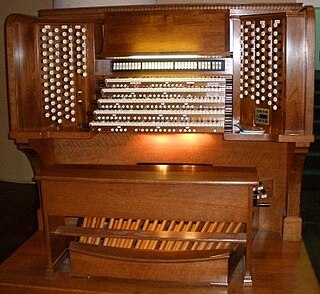
The symphonic organ is a style of pipe organ that flourished during the first three decades of the 20th century in town halls and other secular public venues, particularly in the United States and the United Kingdom. It has roots in 19th-century Europe, and is a variation of the classical pipe organ. It features expanded capabilities, with many pipes imitative of orchestral instruments, and with multiple expressive divisions and organ console controls for seamlessly adjusting volume and tone, generally with electric organ actions and winding. These expansions let the organist approximate a conductor's power to shape the tonal textures of Romantic music and orchestral transcriptions. These organs are generally concert instruments as opposed to church organs. The symphonic organ has seen a revival in the US, Europe and Japan, particularly since the 1980s.
Marcussen & Søn, also known as Marcussen and previously as Marcussen & Reuter, is a Danish firm of pipe organ builders. They were one of the first firms to go back to classical organ-building techniques, and have been producing mechanical-action organs since 1930. Aside from their many instruments in Denmark, they have built organs in northern Germany, Sweden, Finland, the Netherlands, Great Britain, South Africa, Japan, and the United States.

St. Stephen's Church, Sneinton is a parish church in the Church of England.
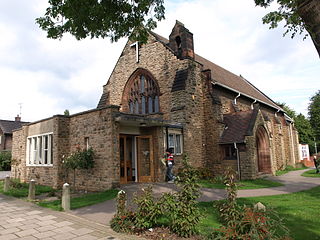
Christ Church is a parish church in the Church of England in Chilwell, Nottinghamshire.
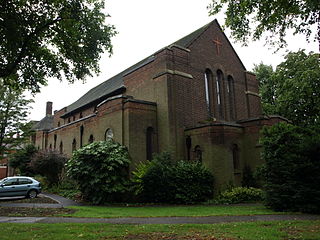
St Cyprian's Church, Sneinton is a parish church in the Church of England in Sneinton, Nottingham.

St Peter's Church, Radford is a parish church in the Church of England in Radford, Nottingham. Address: 171 Hartley Rd, Nottingham NG7 3DW, UK.

Charles Lloyd was a pipe organ builder based in Nottingham who flourished between 1859 and 1908.
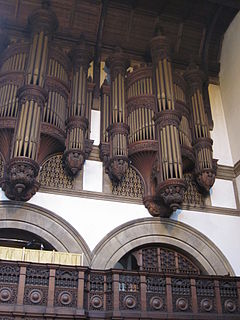
James Jepson Binns was a pipe organ builder based in Leeds, West Yorkshire, England.
Kilgen was a prominent American builder of organs which was in business from the mid-19th to the mid-20th century.
St. Paul’s Church, George Street, was a Church of England church built as a chapel of ease to St. Mary's Church, Nottingham. It was opened in 1822 and closed in 1924.
St. James' Church, Standard Hill was a Church of England church in Nottingham.
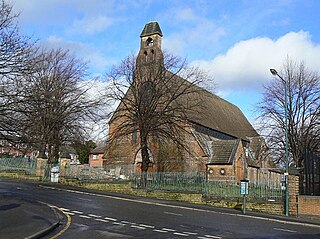
St. Matthias' Church, Nottingham, was a Church of England church in Sneinton, Nottingham, between 1868 and 2003.
Emmanuel Church, Nottingham was a Church of England church in Nottingham on Woodborough Road between 1883 and 1972.
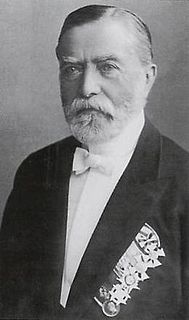
Wilhelm Carl Friedrich Sauer was a German pipe organ builder. One of the famous organ builders of the Romantic period, Sauer and his company W. Sauer Orgelbau built over 1,100 organs during his lifetime, amongst them the organs at Bremen Cathedral, Leipzig's St. Thomas Church, and Berlin Cathedral, which is considered to be "his final great masterpiece".
Roger Yates was a pipe organ builder based initially in Nottingham and then Bodmin who flourished between 1928 and 1972.
Henry Bevington was a prolific English organ builder, active in London during the Victorian era. Many of his organs were erected in Australia and South Africa.(van der Linde 1993)
Robert Ernest Bryson was a Scottish composer and organist who spent most of his life in Birkenhead, England, working as a cotton merchant in Liverpool. He was the founder-chairman and later President of the Rodewald Concert Society in Liverpool.










